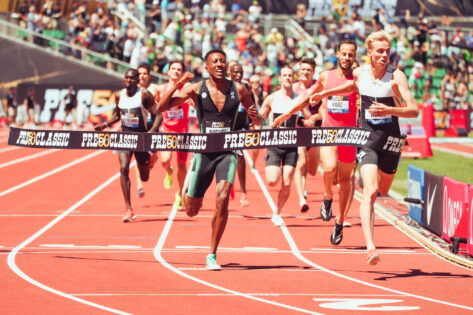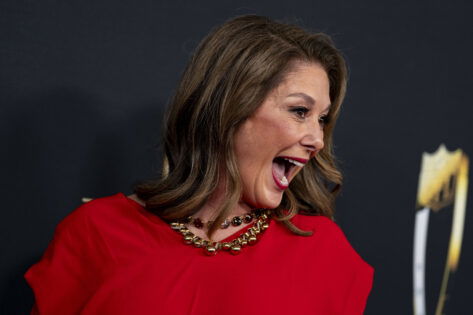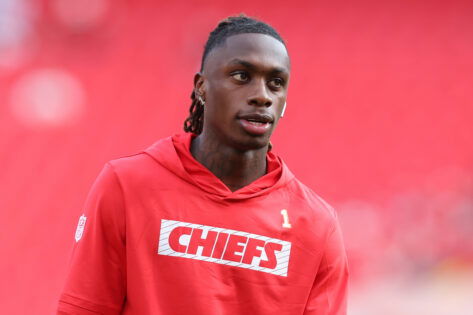For a meet that was supposed to spotlight track and field in the American mainstream, what aired instead felt like a misfire. NBC’s handling of the 2024 Prefontaine Classic, despite its prime-time billing and rarity as a nationally televised Diamond League event, left viewers with more questions than results. The commentary floundered, key athletes went unnamed, and crucial details were left out entirely. Instead of enhancing the meet’s drama, NBC’s broadcast undercut it. Repeatedly and publicly.
Jonathan Gault from LetsRun.com was among the first to dissect the shortcomings in stark terms. His analysis zeroed in on an issue that has long lingered beneath the surface of U.S. track coverage. The lack of qualified voices behind the mic and insufficient preparation behind the scenes. These issues moved to the forefront during Saturday’s broadcast, where the broadcast team failed not only to name prominent finishers in real time but also neglected to provide basic results and context. For a race featuring world-class competition, the coverage lacked even fundamental coherence.
Gault pointed out that the most glaring moment came during the women’s 800 meters. While Ethiopia’s Tsige Duguma and South Africa’s Prudence Sekgodiso fought down the final stretch, commentator Leigh Diffey’s call did not even identify Sekgodiso. The omission was particularly puzzling given that Sekgodiso has been one of the top two 800-meter runners this season. No results followed. The winning time was shared, but Athing Mu-Nikolayev’s time, central to the storyline, was never mentioned. Even Ato Boldon, generally respected for his sprint analysis, seemed out of place in a mid-distance context. One could fairly question whether NBC had equipped its crew with either the personnel or the support to handle this meeting responsibly.
Unfortunately, Gault noticed that this pattern repeated during the Bowerman Mile. Dutch teenager Niels Laros surged to victory in what should have been a breakout moment for American viewers. Yet his name did not reach the air until a full fifteen seconds after he crossed the finish line. Diffey and analyst Kara Goucher appeared to miss the move entirely, their attention still fixed on Yared Nuguse and the world record. A goal that was visibly out of reach well before the final bend. Laros, visibly unsure if he had won, was left unacknowledged until the stadium scoreboard forced the issue. NBC’s camera angles, locked tight on Nuguse, obscured the actual race from viewers at home.
Image Credit: X/@ChrisChavez
Adding to his observations, Gault praised the world feed of the Diamond League. Often helmed by Tim Hutchings and Steve Cram or Hannah England and Chris Dennis, Gault stated that they know the sport in depth and routinely avoid these pitfalls. Their coverage uses wider camera angles, timely graphic results, and thoughtful race calls built on preparation and knowledge. NBC, in contrast, appeared to favor familiar voices and television technique over subject matter expertise. The result was a package that looked professional but failed at the core task: helping viewers follow and understand the races they were watching.
A frustrated Gault further added that track and field is not NBC’s primary sport. And Diffey, who typically covers motorsports, is not expected to morph into a distance running specialist overnight. Still, when the event is one of the few available to mainstream American audiences, and held on home soil, no less, there is a duty to elevate the sport, not obscure it. A meet like the Prefontaine Classic deserves a broadcast that treats it as a serious competition. Unfortunately, as per Gault, Saturday’s coverage did not. Meanwhile, Gault was not at all dismissive of the entire event. In fact, he did share some enthusiastic words for the crowds that turned up in large numbers.
Track and field expert sheds light on how the crowd stole the show at the 50th Prefontaine Classic
It was not the world records, nor the all-star fields, that first caught the eye at the 50th Prefontaine Classic. It was the audience. At a time when track meets in the United States often battle against half-filled seats and scattered applause, Hayward Field presented an image that was striking in its completeness. 12,606 ticketed spectators, densely packed, engaged, and vocal! The crowd was not merely present. It was involved, asserting itself into the fabric of the competition.
Syndication: The Register Guard Fans cheer during the mens 10,000 meters during the Prefontaine Classic Saturday, May 25, 2024 at Hayward Field in Eugene, Ore. Eugene , EDITORIAL USE ONLY PUBLICATIONxINxGERxSUIxAUTxONLY Copyright: xBenxLonergan/ThexRegister-Guardx USATSI_23383967
Jonathan Gault, writing for LetsRun.com, acknowledged the weight of this turnout, even while maintaining a longstanding position skeptical of Eugene as the de facto home for American meets. “The meet was sensational, and it was refreshing to see a sold-out (12,606 ticketed spectators), enthusiastic crowd on hand to enjoy,” he wrote, adding that “sporting events look better and feel bigger when they are played in front of full stands.” His words carry the tone of someone momentarily disarmed, taken by surprise not by the caliber of athletics expected at a meet of this stature, but by the electric presence of a public fully engaged with the sport.
Gault’s recognition of the atmosphere, while tempered, is notable because it offers a departure from the usual criticism that Eugene’s isolation dampens attendance and excitement. Instead, he admitted that on this occasion, “the crowd at Hayward Field on Saturday was loud and energetic, producing an atmosphere commensurate with the performances.” There is no pivot in his long-held argument about centralizing meets in one city, but for this day, in this setting, the crowd had clearly done its part.
The post NBC Faces Scrutiny as National Reporter Raises Red Flags Over Prefontaine Classic Broadcast appeared first on EssentiallySports.



